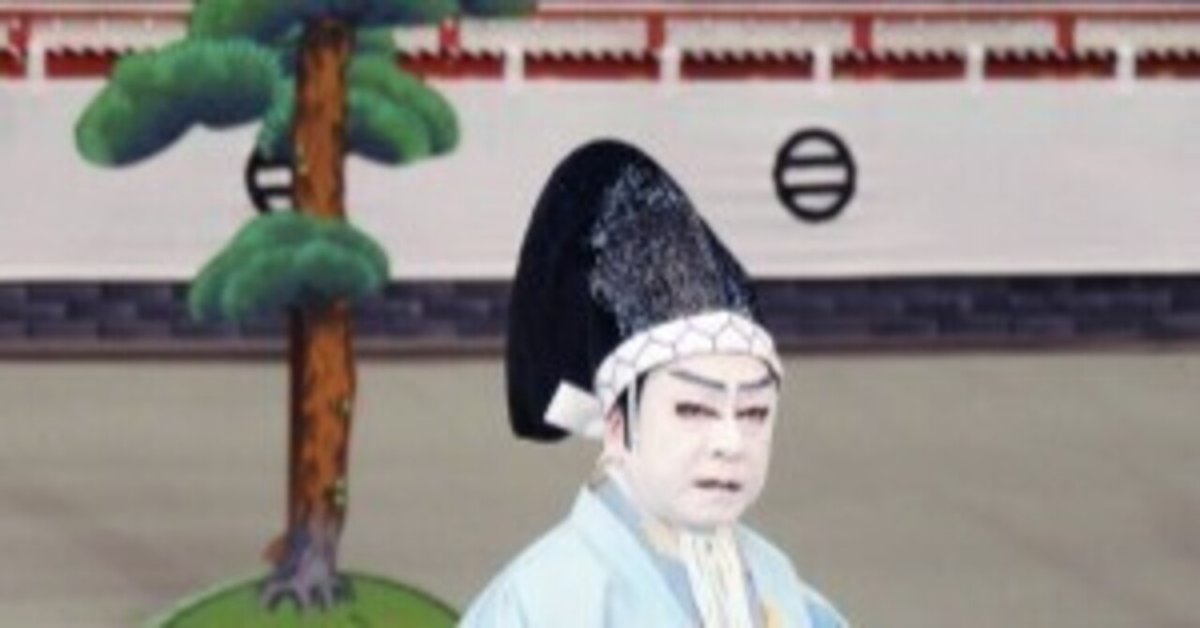
だいもんとすおう大紋と素襖?!
武家の格式高い衣裳。大きな袖や長い裾の袴が特徴。「大紋」と「素襖」は、形がよく似ているのですが細かな所に違いがあり、格式が高いのは大紋で、素襖はその略式とされています。いずれも、実際の服飾史のものよりも、袖幅を大きくするなど舞台用に派手に仕立ててあります。
大紋は、その名の通り大きな家紋が袖や胸、背中などに柄として付いているのが特徴で『仮名手本忠臣蔵』「大序」などで見られます。素襖は『身替座禅』の山蔭右京などが着ています。また『素襖落(すおうおとし)』という演目では、素襖が小道具のような形で登場します。(田村民子)
This is the formal attire of a samurai family. It features large sleeves and a long hem. ``Daimon'' and ``Sufusuma'' are very similar in shape, but there are differences in the details. ``Daimon'' is more formal, and ``Sufusuma'' is an abbreviation of ``Daimon.'' All of these costumes were ostentatiously made for the stage, including thicker sleeves than those seen in actual costume history.
As the name suggests, Daimon is characterized by a large family crest painted on the sleeves, chest, and back, and is a plain sliding door that can also be seen in works such as ``Kanadehon Chushingura'' and ``Daijō.'' Worn by Ukyo Yamakage and others in ``Mikagare Zazen''. Furthermore, in the performance ``Suo Otoshi'', Suo Otoshi appears as a prop. (Tamiko Tamura)
(Let's check English from Kanji)

